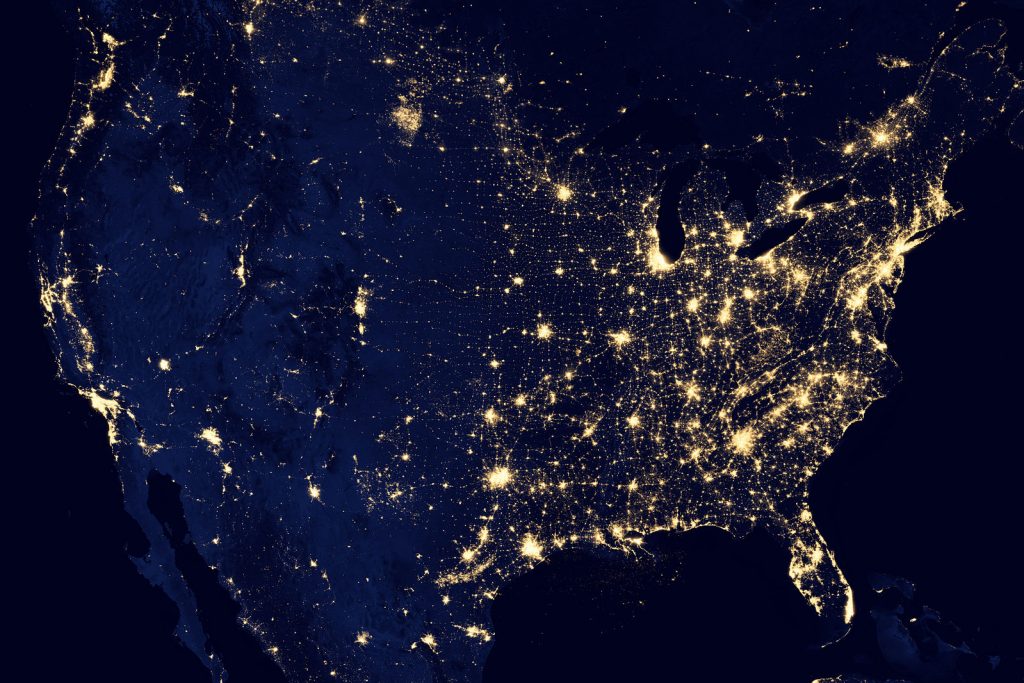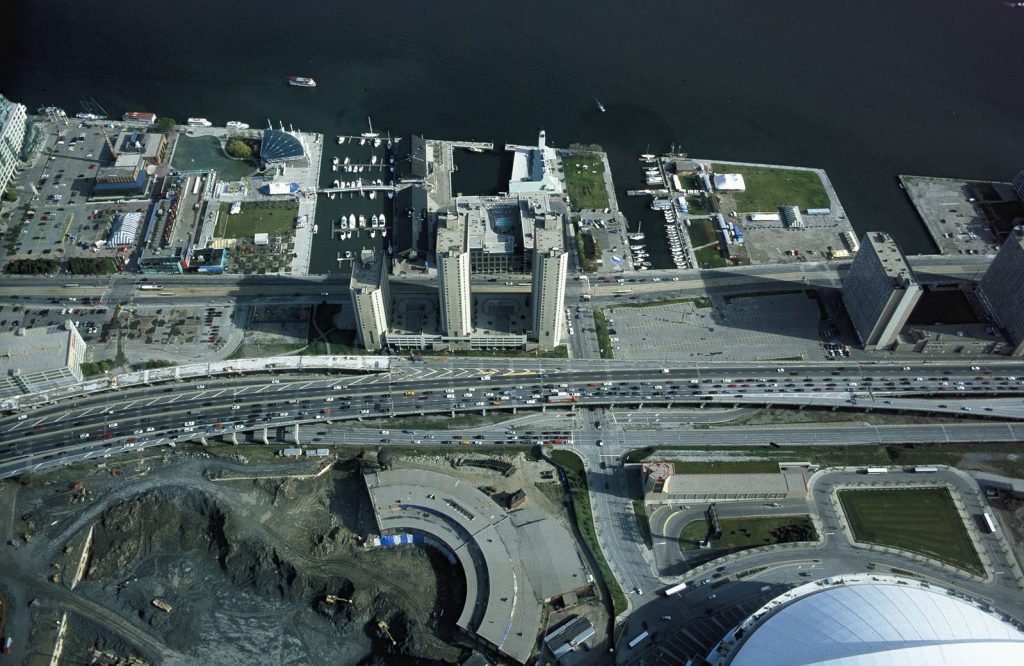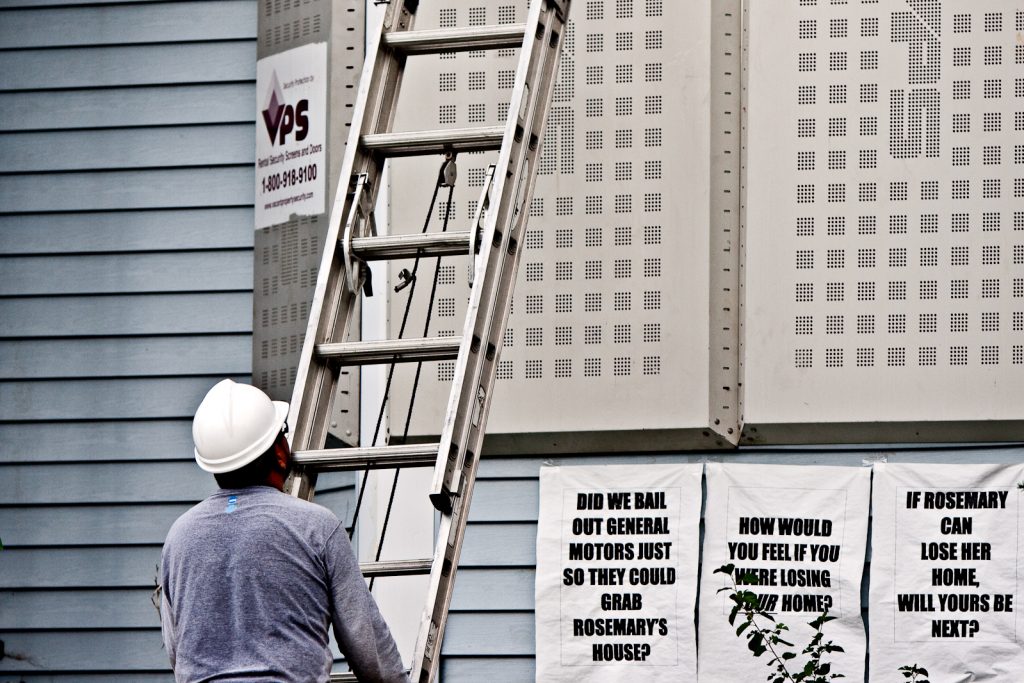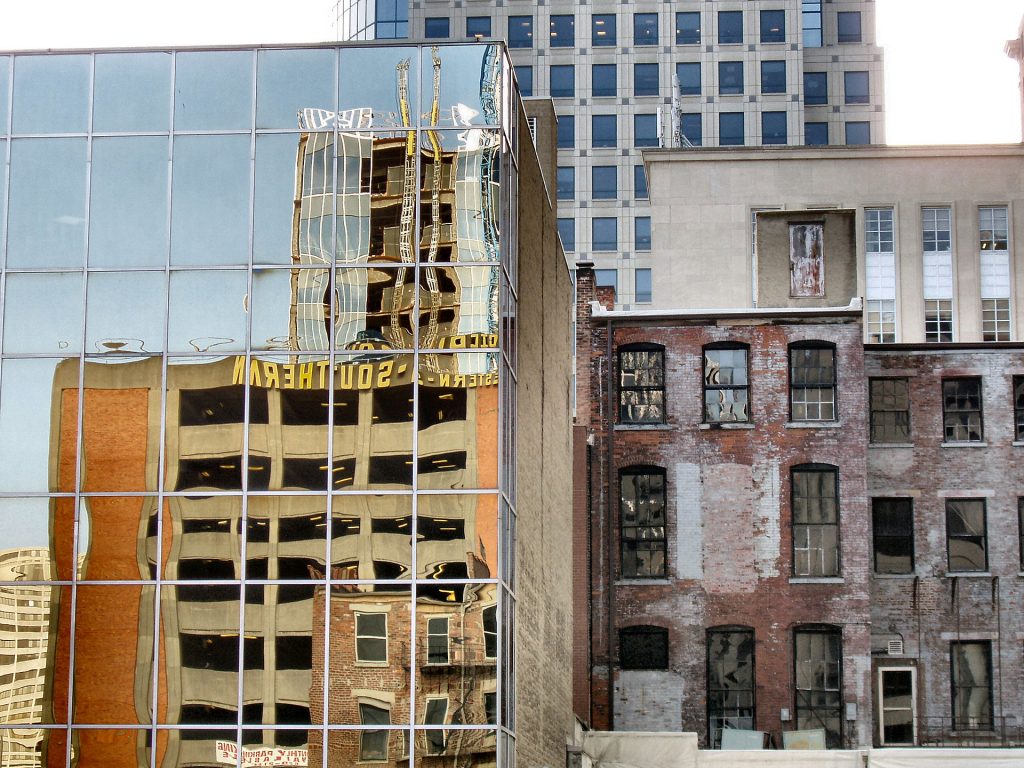In May 2019, the Rights Writers discussed what perspectives have been left out of the major debates on their topics and how including them increase understanding or contribute to progress of the issue.
During my sophomore year, I traveled to South Africa as part of my DukeImmerse program on urban policy and visited a Pietermaritzburg women’s shelter in order to research the female experience of urban living. Carrying out interviews with the women of the house, I was presented with a bleak picture of what it was like to live in Pietermaritzburg as a low-income woman, confirming my broader fear: cities have not been designed for the female experience.
One by one, women would recount their struggles, ranging from evictions and abuse, to child care issues and addiction. However, for all of the women unemployment was the biggest barrier to a better quality of living. Looking at the spatial positioning of the shelter and its surrounding suburb, it wasn’t hard to understand why this had become an issue. While the women appreciated having a roof over their heads, their area provided little in the way of local opportunities being largely residential with few businesses. Moreover, the main area of activity in Pietermaritzburg is nearly an hour long walk from the shelter’s location, with no public transport options. This issue of connectivity means women here would reasonably struggle to find employment while staying in shelter accommodation, given that there are no options in the immediate surroundings, and going where job opportunities are would prove to be too difficult or highly costly. Furthermore, even if employment can be found, the temporary nature of the women’s living circumstances would also be an issue, given that they are typically moved every five months due to shelter policy.

While this is only the story in one shelter in one city, there’s no denying that urbanization is yet another aspect of society touched by gender inequality. South Africa itself is not a nation with a strong reputation for the safety of women. In 2015/16, 51,895 sexual offences were reported, equating to around 142 per day. Of this number, 41,503 were rape charges – making South Africa one of the worst countries for sexual assault. While not all of these crimes were committed against women, the majority are. These figures are also limited to reported crimes, and given that South Africa has a “femicide” rate 5 times greater than the world average, it is safe to assume that many stories of sexual abuse go undocumented.
In the context of urbanization, studies have shown that urban spaces can increase the risk that women will be subjected to violence. This also carries a wealth dimension, with low-income women being the “most exposed to the risk of violence and least able to remove themselves from violent situations”. For the women of the shelter, the nature of abuse suffered was strongly tied to their economic, employment, and housing insecurity and fits into Professor Cathy McIlwaine’s theory of “stress-induced violence”, wherein violence against women is worsened due to the vulnerability of their situations.
However, while McIlwaine cites urbanization as a process that increases female labor participation and thereby encourages female autonomy, this has not been a success for the single-mothers of the shelter. Given their struggles with employment, it was not economic access that removed them from abusive environments but, in many cases, there was a catalyst event such as a child witnessing the abuse or the women ending up in hospital. While McIlwaine addresses the highly personalized nature of these experiences, the relationship between urbanization and gender violence remains highly paradoxical. The broad conclusion that cities, by means of improving economic options for women, also increase the number of options available for dealing with abuse may not ring true.
The idea that women’s voices are locked out of the benefits of urban living might seem surprising to some given how prominent some female urban scholars have been. Writers like Jane Jacobs and Ruth Glass (who famously coined the term ‘gentrification’) have been immensely influential in urban studies. Yet, the field is still overwhelming white and male, with only 6% of The City Reader – an apparent collection of the most important urban literature – being contributed by women. Moreover, in actual urban governance there is still a clear gender gap as only 21 of the 100 largest US cities have female mayors.

Across some of the most prominent cities more is being done to reduce the sexism inherent in our urban spaces. Whether it’s prioritizing the safety of women in public spaces, closing the gender pay gap, or making life easier for single mothers through policy, the city yields a great capacity for change. Yet, only with increased representation of women in all aspects of urbanity – architecture, planning, academia, and governance to name a few – will we see cities that truly uphold women’s rights, and thus human rights.








